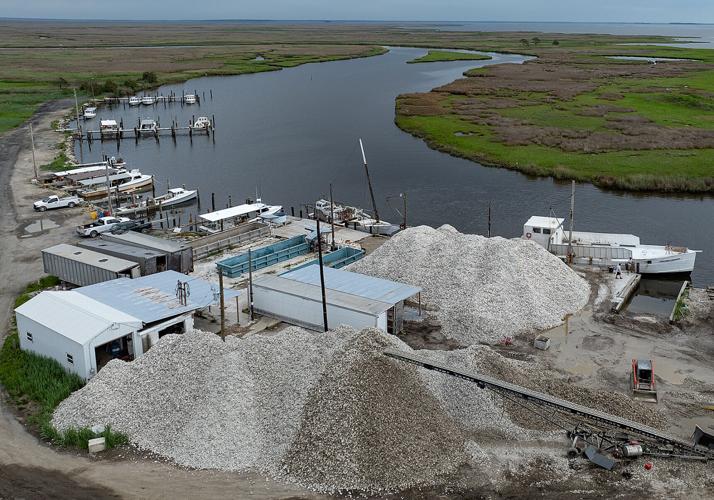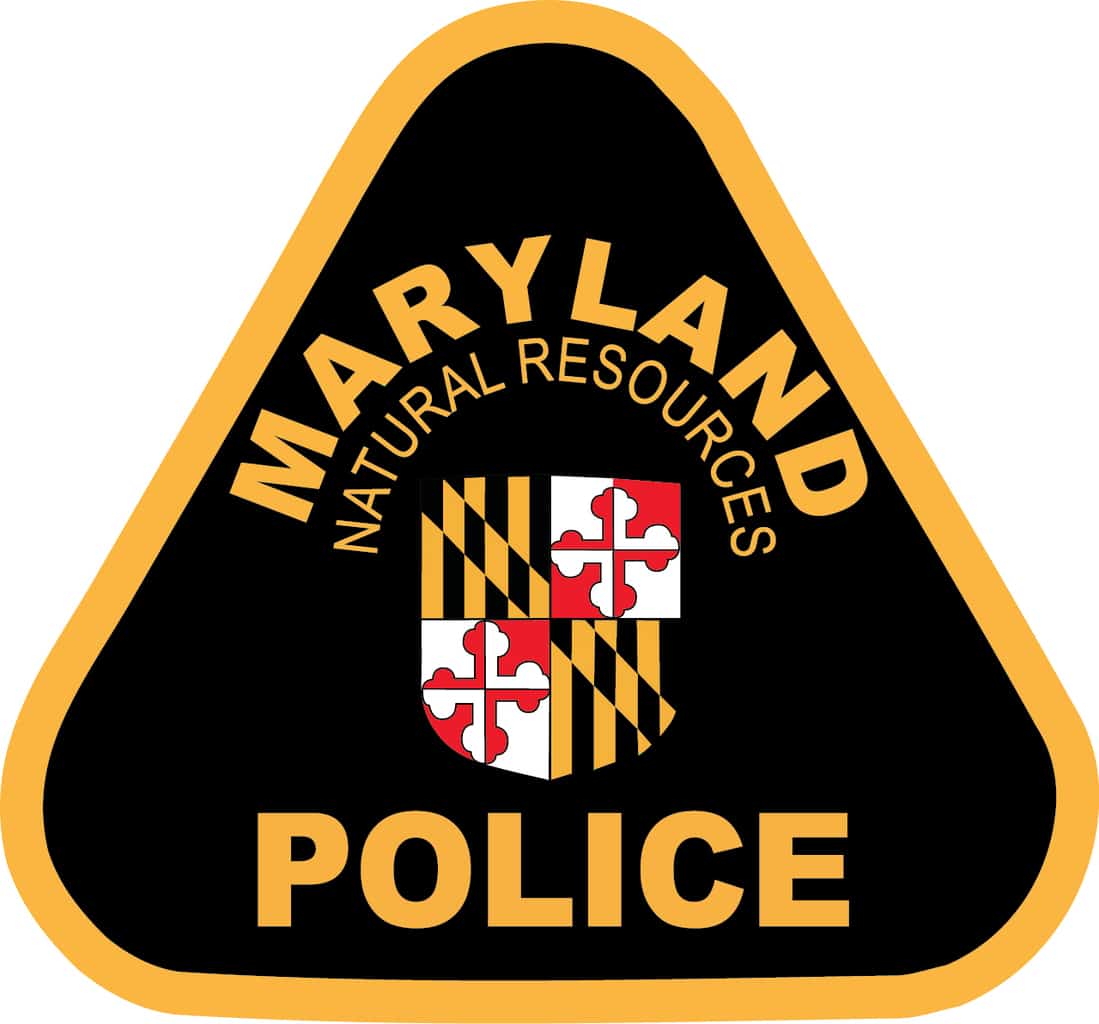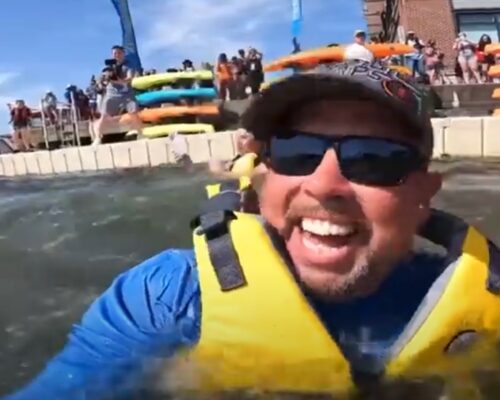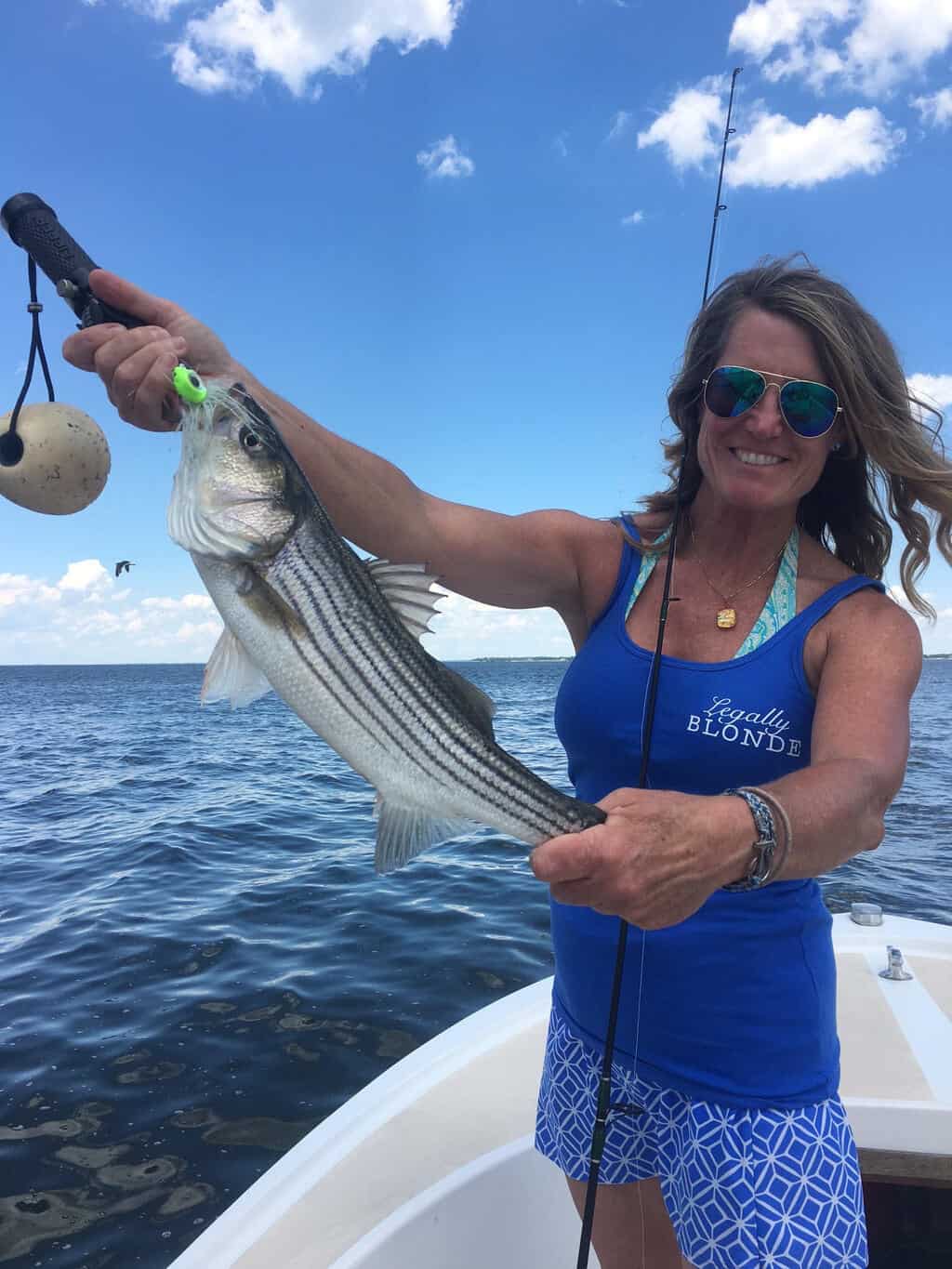As Chesapeake Bay oyster restoration crews and aquaculturists’ need for recycled oyster shell continues to grow, Maryland is going out of state—way out of state—to supplement the local supply.
In lower Dorchester County, two hulking mounds of oyster shells dwarf docked workboats and nearby storage sheds. John “Benny” Horseman, a waterman turned seafood industry entrepreneur, dubbed the larger pile “Mount Everest”—its peak could well be the highest spot in this low-lying area of the Eastern Shore.
Trucked cross-country from the Pacific Northwest, these shells will help relieve a bottleneck in ambitious efforts to rebuild the Chesapeake Bay’s oyster population. In Maryland, there aren’t nearly enough oyster shells available to meet projected needs for restoring reefs in the state’s oyster sanctuaries and replenishing others in public fishery waters.
Until now, the state has been getting about 230,000 bushels of shells a year for those purposes, most of them from Virginia. But in a report produced in late 2023, the Maryland Department of Natural Resources projected the need for up to 17.5 million bushels of shells over the next decade for oyster sanctuaries and public reefs and to support a growing aquaculture industry.
A task force created by Governor Wes Moore has been studying how the state can meet that need, either with shells or alternate substrates such as stones, concrete, porcelain or even steel slag. It’s tasked with providing recommendations by Dec. 1, 2024.
In the meantime, DNR has authorized more than 200,000 bushels of oyster shells to be imported from Washington state. That’s where Horseman and his partners have tapped into a massive stockpile of discarded shells—millions of bushels that were otherwise destined to be ground up for hiking and biking trails, among other things.
“This is going to help majorly,” Horseman said. Before the oyster spawning season begins this summer, he and his group intend to plant these shells on wild fishery reefs in three Eastern Shore counties. They hope to bring in even more shells in years to come.
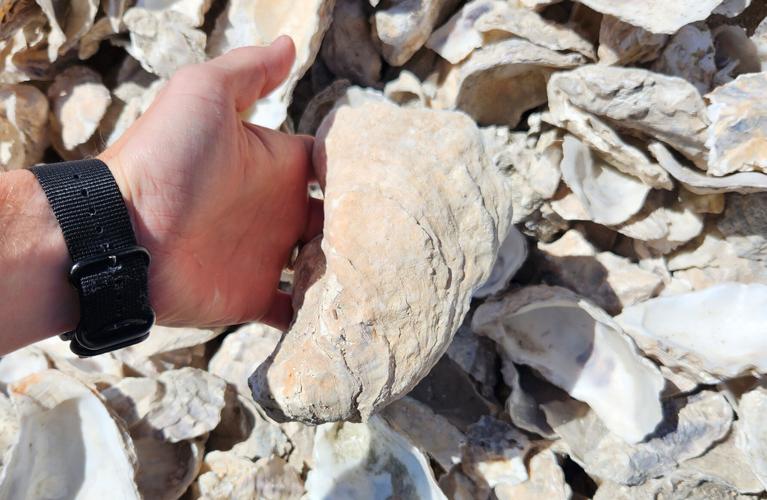
The shells are from a different species of oyster than what grows in the Chesapeake and along the East and Gulf coasts. Crassostrea gigas are native to the Pacific coast of Asia but have been introduced throughout the Pacific and even in Europe.
In 2014 Maryland, Virginia and federal officials committed to large reef restoration efforts in five Bay tributaries in each state. The large restoration projects strained the available supply of oyster shells, which have traditionally been used to provide a landing place where new generations of oysters grow. Oysters build their own shells, but to get started, freshly spawned larvae, or spat, generally settle on the shells of either dead or living oysters.
Because the diseases MSX and Dermo killed off many of the Bay’s oysters from the late 1980s into the 2000s, though, there were fewer oysters reproducing or being harvested, leaving fewer shells for future generations to set on. Many existing reefs silted over, preventing spat from settling on the bottom.
Now, up to 70% of the oysters harvested in Maryland get shipped to Virginia for shucking and packing, according to the DNR, and the shells only come back if paid for. The numbers returned to Maryland have been limited, both by the cost and by the Virginia oyster processors retaining shells to ensure they have enough for their oyster farms.
Virginia’s shell squeeze isn’t as tight because the state also dredges enough fossil shells every year from the bottom of the James River to replenish about 600 to 800 acres of mostly public fishery reefs.
Watermen maintain that oyster shells are the ideal substrate for oyster larvae. Some research supports that belief, but many other studies have found that other hard materials work as well.
With demand growing, the costs of securing enough shell or other substrates have mounted. DNR estimated it could cost $105 million over the next decade to acquire enough shell.
About 18 months ago, Horseman said, he and his brother Alex, also a waterman, teamed up with Nick Hargrove, owner of Wittman Wharf Seafood in Tilghman, to begin looking for other sources of shell. They found a massive stockpile at an oyster processing facility in South Bend, Washington, owned by Oregon-based Pacific Seafood.
They visited the site a couple of times and struck a deal to purchase shells that they were told had been sitting there for a decade or more.
“This project … was definitely not for revenue purposes,” said Jenn Allison, manager of the Washington processing plant. Company officials view it as a partnership to help restore Bay oysters and ensure the sustainability of the shellfish industry.
Horseman said he built a conveyor at the Washington facility to load the shells on trucks, then organized convoys of dozens of tractor trailers to bring them to Maryland.
The operation was privately financed, but they still needed approval from state and local regulators to bring the gigas shells in for reef restoration in the Bay.
“The first time we asked about it,” Hargrove recalled, “DNR wrote back and said no.” But he and the Horsemans refused to give up and pressed to win over state officials.
Brian Callam, DNR’s aquaculture coordinator, said state officials initially rejected the idea of importing shells from the West Coast because they were concerned about the possibility that a relatively new disease in Pacific oysters might spread to Eastern oysters. Studies later concluded there was little risk of that happening, he said.
“All the shellfish pathologists indicated that the risk of bringing in aquatic diseases on shells is low to begin with,” Callam said. Furthermore, he said, keeping the shells on dry land exposed to the air and sunshine for months to years kills any pathogens and “essentially turns them into a pile of rocks. There’s virtually no risk at all.”
This spring, DNR issued new permits allowing the importation of 220,000 bushels of Pacific oyster shell this year. Two of the permits allow a combined 200,000 bushels for the Horseman brothers’ Dorchester County businesses: Farm Creek Oyster Farm and Madison Shell Recycling.
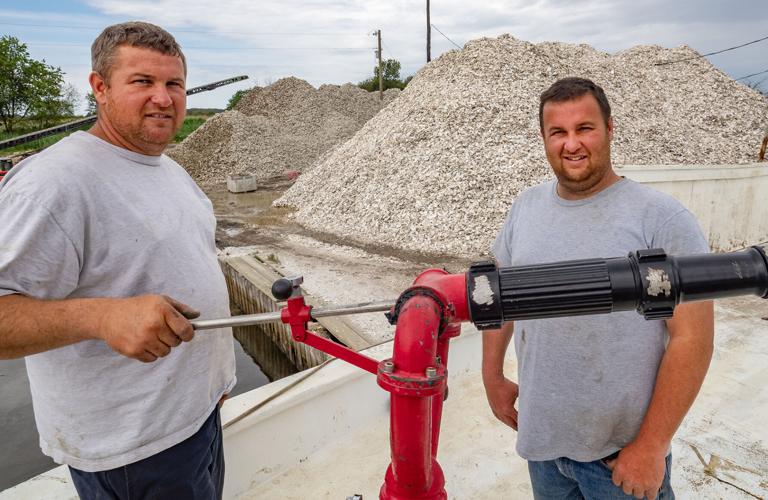
Watermen have welcomed the imports, especially because the bulk of the shell is promised for replenishing reefs in public fishery areas, which they feel have been shortchanged in favor of sanctuary reefs.
“It’s what we have to do if we want to continue growing,” said Jeff Harrison, chairman of the Talbot (County) Watermen Association. This year, with the imported shells augmenting what’s available closer to home, Harrison said his group will be able to plant twice as much as they would have otherwise.
Allison Colden, Maryland director of the Chesapeake Bay Foundation and a fisheries biologist, said that with proper biosecurity precautions she’s okay with using Pacific oyster shell in the Bay.
“As long as the material’s inspected, and we know where it’s come from,” Colden said, “and that [it’s determined to be] no risk, it can be useful because the demand for shell across all sectors is only continuing to grow.”
You can read this story in its entirety at bayjournal.com.

